Description
I am grateful to Pedro Costa, of Oporto University for the loan of this document, which was found in a former railway building at Boa Vista, Oporto, Portugal. At the end of the Great War, most of the Portuguese metre gauge railways were in difficulty, because although the country remained neutral until very late in the conflict, they were cut off from the principal suppliers of their locomotives in Belgium, France and Germany, and therefore of spare parts.
Some locomotives were supplied to Portuguese railways from Britain in the 1850s and 1860s, but following a financial scandal in the latter decade, when a Portuguese railway partly financed on the London money market defaulted, British loco builders fought shy of supplying the country as payment was expected to be in bearer bonds. There was little heavy engineering capacity in Portugal, and while some locomotives were expected to be supplied from Germany as war reparations, there was a lapse of time before this was arranged.
It is not known if details of locomotives were requested from MW, or if the document was sent by the company on spec. Certainly, MW were having a tough time in the recession after the Great War, and the may have mailed out pages from their pre-war catalogue to try and drum up some business.
Two locomotives, Almatejo, and another, were supplied for industrial use in Portugal in 1913/14, but no further orders materialised from Portugal, and the company went into liquidation in 1927.
The firm was established in 1858, by Alexander Campbell who had managed the Railway Foundry Works of Edward Brown Wilson. Following Wilson´s death, Campbell, set up his own works, with financial investment by a clergyman, Mr. Wardle, and a Mr. John Manning. Drawings and patterns were purchased at te Railway Foundry sale, and many early MW locomotives bore a strong resemblance to E. B. Wilson´s products. In view of the origin of this document, it is interesting to note that the first three MW locomotives built were a 3 ft. narrow gauge tank loco for an English customer, and two 5’-6” gauge tank locomotives – for Portugal!
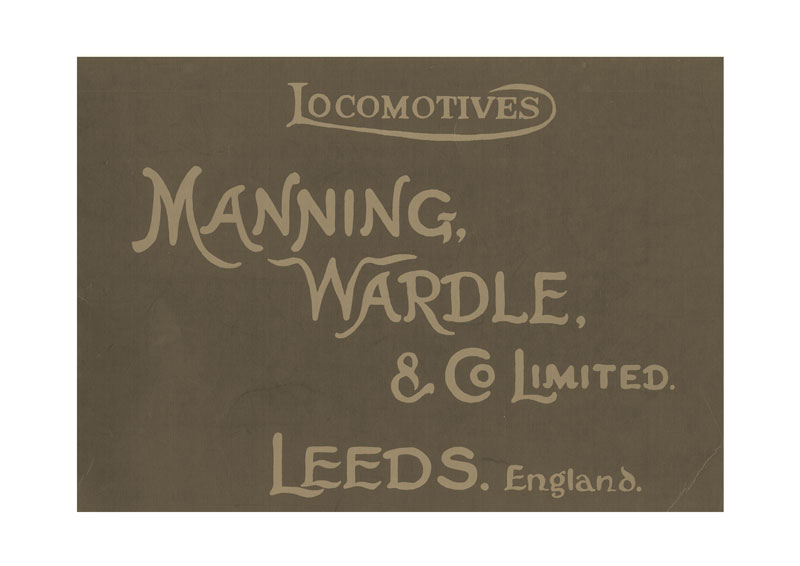
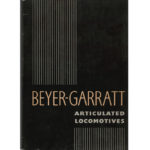
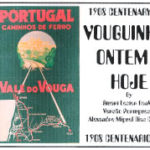
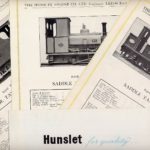
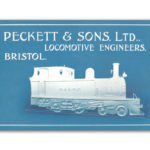

Reviews
There are no reviews yet.